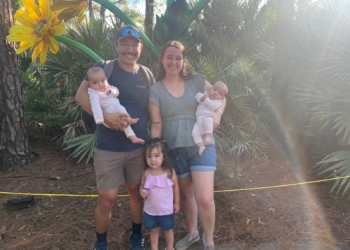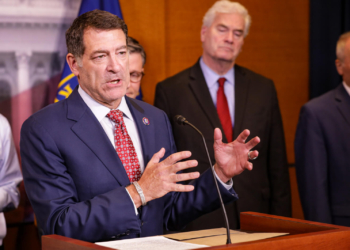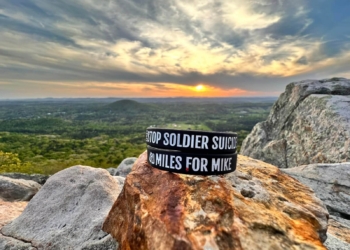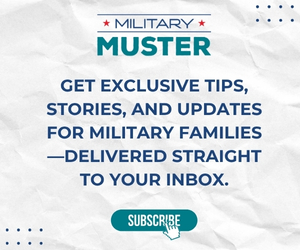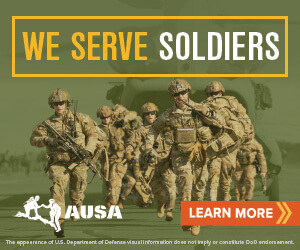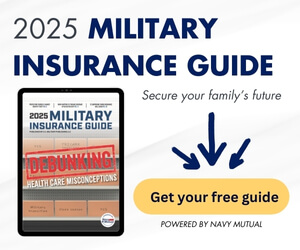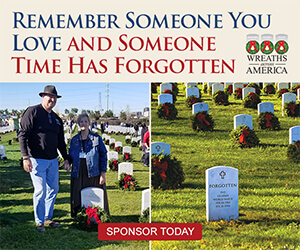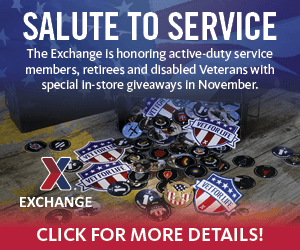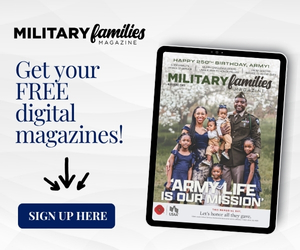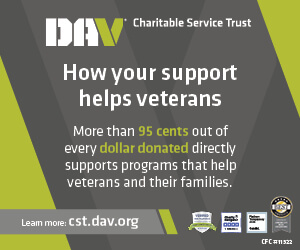September is National Suicide Prevention Month and for our military family, this topic rests heavily in our minds and hearts. As a veteran military spouse, suicide prevention is never limited to a single month. With veterans at a 72% higher risk of suicide than those who haven’t served, we want the conversation going year-round. However, September is a month when many voices together can raise awareness, stop the stigma, and share life-saving resources for those who face this challenge and don’t know where to turn.
Preventing the deadly gap
As a military spouse transition expert, I help military families prepare for a successful life after active-duty military. During this time of intense change, military families face the Deadly Gap. The Deadly Gap refers to the year immediately following active-duty military service and has the highest veteran suicide rate. During this time, veterans often feel lost, alone, and without support which can cause suicide rates to nearly double.
From the perspective of a military spouse, we are also trying to navigate these changes to our way of life and feeling similarly lost and alone. However, we also feel a great responsibility to help our veteran service members successfully transition. This can include new employment, a final PCS move, a change in familial responsibilities, and prioritizing their physical and mental health and wellness differently than active-duty service allowed. We watch our veterans trying to adapt to a new way of life and look for ways to make it just a little easier on them and the entire family.
When our family transitioned out of active-duty life, I thought I had a plan in place and a great support system ready to meet every twist or turn. The unexpected challenges left us scrambling to understand the true impact of transition out of active duty and what we needed for our family to thrive. During this time my veteran was diagnosed with PTSD. He was resistant to accepting this diagnosis and saw it as a label he hadn’t earned. I could see him comparing himself to others who had been in more dire combat situations, who were more severely wounded, and who had experienced much more trauma than his own.
I saw first-hand the impacts that mental health challenges can leave on a service member. “Embrace the suck,” might be a tongue-in-cheek saying for military families, but there is a deep-rooted stigma attached to those who are affected mentally and physically by “the suck” found in military service.
And then I understood why the Deadly Gap was such an important part of the conversation around suicide prevention. All of this transpired the year after leaving active-duty service.
Suicide prevention for our veteran community requires a life-long process of working toward better mental health and wellness. It requires our community to speak up loudly and continue to have difficult conversations. It requires buddy checks between veteran colleagues and caregiver support for military spouses and military children. It requires more understanding and less judgment. And it requires reaching out for help and being vulnerable.
Spotting the signs and navigating available resources
As an advocate for mental health awareness in our military communities, I encourage everyone to know the signs of distress which include depression, anxiety, low self-esteem, lack of interest, loneliness or hopelessness. When you see them it’s time to speak up and start the tough conversations. If you are unsure of how to do that, familiarize yourself with available resources. Encouraging those suffering to utilize them can make all the difference. Some include:
- Cohen Veterans Network is a national nonprofit designed for post 9/11 veterans that is committed to helping veterans and military families by reducing barriers to care
- Give an Hour, which has a specialized approach to emotional well-being for the military community, is a national organization dedicated to transforming mental health
- Elizabeth Dole Foundation is specifically designed to cater to the mental health needs of military and veteran caregivers
- Military OneSource has a benefits finder for health care and emotional well-being and includes nearly 60 resources
- SpouseLink by AAFMAA is a network of active-duty military spouses across the country that host and participate in military and related events, connecting with members of their local communities throughout the year, in-person and online
- MilSpouse Transition is a resource designed to help military spouses with the transition journey
If you or a loved one are in crisis, please call, text or chat 988. The 988 Lifeline provides 24/7, free, and confidential support. It’s important to remember that there is a community here to help and support you – you are not alone and your feelings matter.
Read comments


















